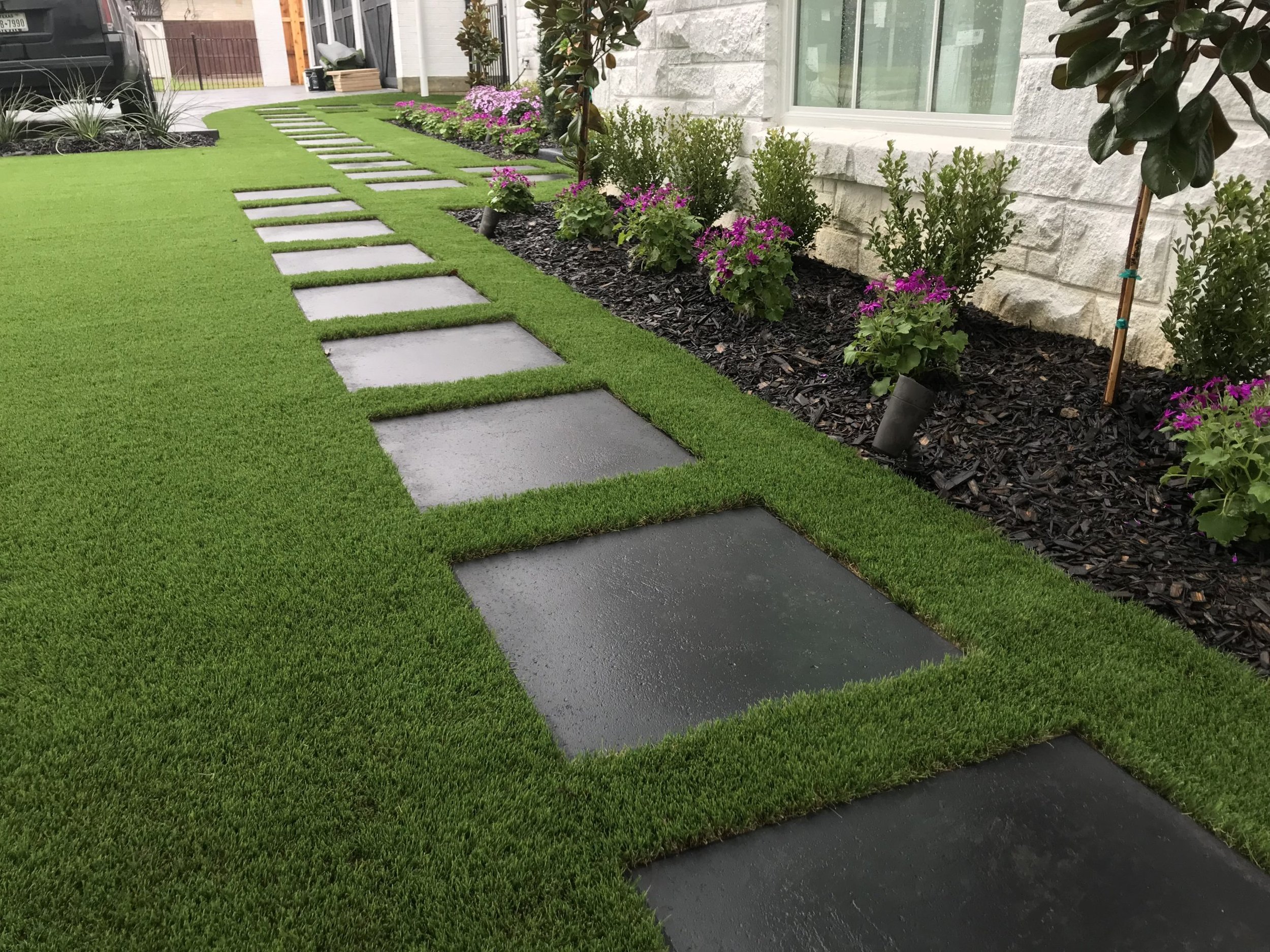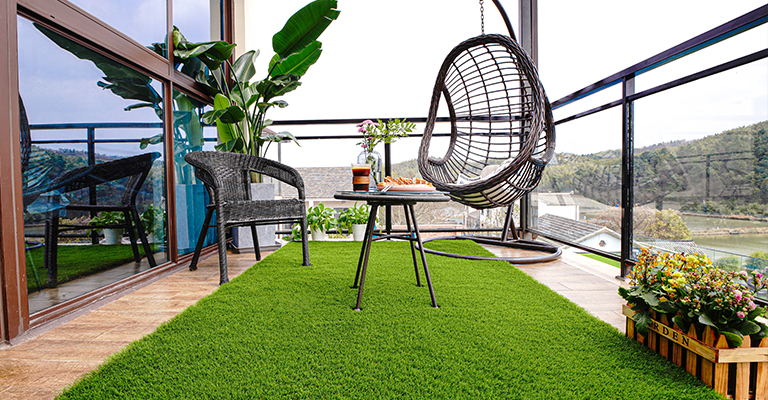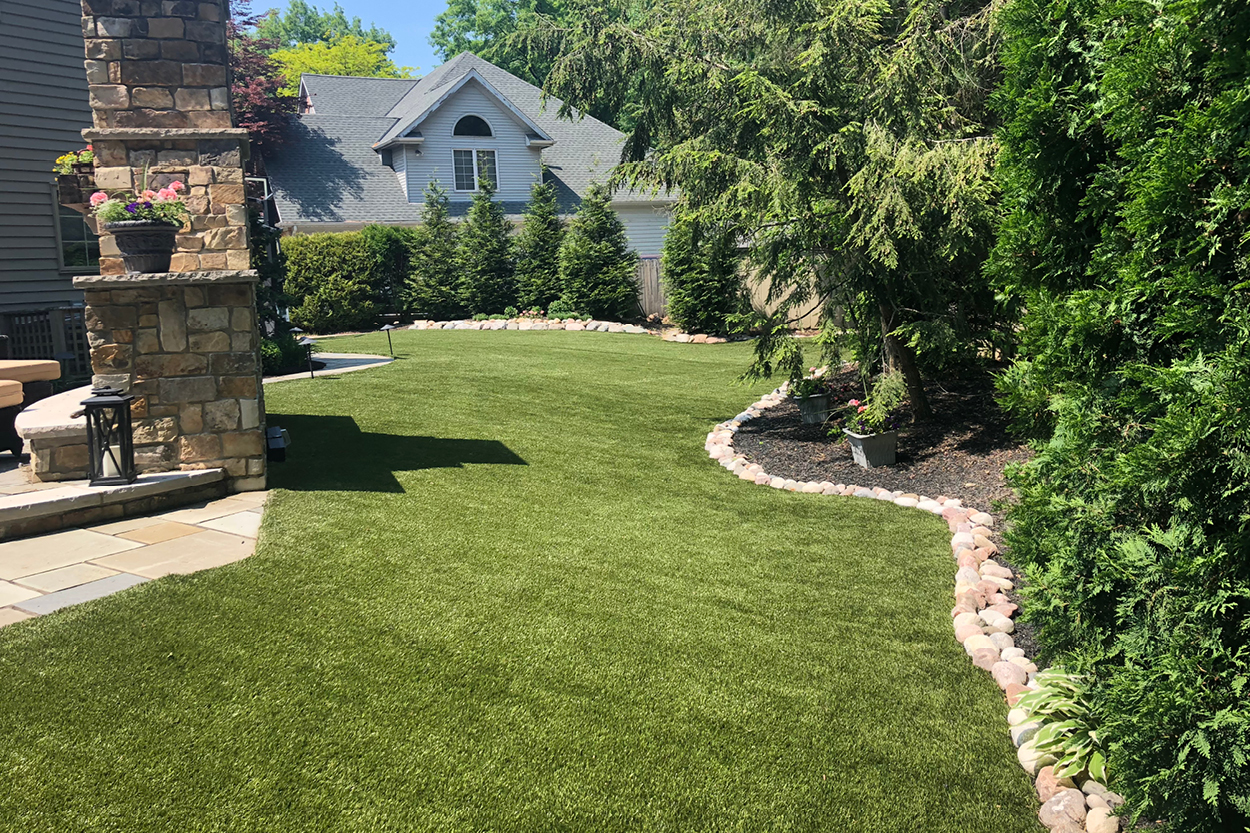Top Arizona Turf Suppliers Offering a Lifelike Lawn Option
Top Arizona Turf Suppliers Offering a Lifelike Lawn Option
Blog Article
Delve Into the Environmental Perks of Opting for Artificial Turf Solutions
The fostering of man-made turf solutions presents an engaging possibility to address pressing environmental challenges. By considerably decreasing water usage and minimizing the application of unsafe chemicals, these options not only advertise sustainable landscaping however likewise protect regional ecological communities.
Water Conservation Perks
One of the most substantial advantages of artificial grass is its capability to save water. In comparison, fabricated turf does not require watering, considerably reducing the general need for water sources.
By getting rid of the demand for normal watering, artificial turf adds to lasting landscape practices and aids mitigate the environmental influence of too much water consumption. The conservation of water prolongs to the decrease of drainage, which can lead to soil erosion and waterway air pollution.
Furthermore, the setup of synthetic grass enables towns and home owners to designate water sources a lot more effectively, concentrating on essential usages such as drinking water and farming. The shift towards synthetic grass not just promotes accountable water usage but additionally lines up with broader ecological goals aimed at maintaining natural deposits.
As areas progressively prioritize sustainability, the water conservation advantages of synthetic grass offer an engaging instance for its fostering in residential and industrial landscape design tasks.
Decreased Chemical Usage
The transition to synthetic grass dramatically reduces the reliance on chemical treatments frequently used in natural turf upkeep. Traditional turf management commonly includes the application of fertilizers, herbicides, and chemicals to promote development and control bugs. These chemicals can position dangers to human health, neighborhood wildlife, and the setting, adding to soil and water contamination.
In comparison, synthetic grass gets rid of the requirement for these damaging compounds. As soon as mounted, it needs minimal maintenance, mostly containing routine cleansing and irregular infill replenishment. This decrease in chemical use not just profits the immediate atmosphere but also contributes to wider eco-friendly security. By lessening the release of artificial substances into the ecological community, synthetic grass promotes healthier soil and water supply.
Furthermore, the lack of chemical runoff connected with artificial turf installations helps shield regional rivers from air pollution, sustaining marine life and maintaining biodiversity. Phoenix turf companies. As areas progressively focus on sustainable techniques, going with synthetic grass offers a practical solution that aligns with ecological preservation goals. Via this shift, residential property proprietors can delight in lush eco-friendly areas without compromising ecological health and wellness, paving the means for a much more sustainable future
Reduced Carbon Footprint

In addition, the installation of man-made grass can lead to click here for more considerable water conservation. All-natural grass need substantial amounts of water for watering, which not only includes to the carbon impact connected with water extraction and therapy yet additionally strains regional water resources. In contrast, fabricated grass requires marginal upkeep, calling for no watering, therefore considerably minimizing water usage and its connected energy expenses.
Additionally, the durability of man-made grass contributes to its reduced carbon impact. With a lifespan of up to 15 years or even more, the requirement for regular replacements is diminished, resulting in much less waste and reduced energy consumption in production and dealing with conventional grass alternatives. In general, synthetic grass provides a sustainable choice for environmentally mindful landscaping.
Environment Preservation
Environment conservation is a vital factor to consider in the argument over landscape design selections, particularly when contrasting synthetic grass to all-natural lawn. Natural yard yards commonly require extensive upkeep, including making use of chemicals, fertilizers, and herbicides, which can detrimentally impact neighborhood environments. These chemicals can leach right into the soil and waterways, harming indigenous flora and animals and disrupting regional environments.
Artificial turf eliminates the need for hazardous chemicals, thus securing neighboring wild animals and keeping the honesty of bordering ecosystems. The installation of artificial turf can lead to the conversion of previous yard locations right into even more biodiverse landscapes, such as pollinator gardens or native plant locations, which can support regional wildlife.
Eventually, the shift to synthetic grass not only preserves water and lowers upkeep efforts but also fosters an extra unified connection between human activities and the native environment, promoting habitat preservation at the same time.
Long-Term Sustainability
Long-lasting sustainability is an important aspect in evaluating the benefits of synthetic grass over conventional grass lawns. Among the most substantial advantages of synthetic turf is its resilience; it can last as much as 15-20 years with very little maintenance, whereas all-natural lawn needs constant reseeding and replacement. This longevity decreases the requirement for constant sources, such as water, fertilizers, and chemicals, which are vital for maintaining a healthy and balanced grass yard.
Furthermore, artificial grass adds to a decrease in carbon emissions connected with grass care devices. Traditional grass frequently call for gas-powered mowers, leaners, and blowers, you could look here every one of which add to air contamination. Arizona artificial turf. In contrast, synthetic lawn eliminates the demand for such equipment, promoting a cleaner setting
Furthermore, the manufacturing of synthetic grass significantly utilizes recycled products, boosting its sustainability profile. As producers take on environment-friendly techniques, the environmental impact of artificial lawn remains to decrease.

Final Thought
The fostering of man-made turf remedies provides significant ecological advantages, consisting of substantial water preservation, reduced dependence on damaging chemicals, and a reduced carbon footprint. Fabricated grass help in preserving natural environments by reducing land disruption and promoting long-lasting sustainability via the use of resilient products. Jointly, these elements emphasize the potential of synthetic grass to add positively to environmental health and wellness and offer a practical choice to conventional landscaping practices in a progressively resource-conscious world.
In contrast, artificial grass does not require watering, dramatically minimizing the total demand for water sources. By minimizing the launch of synthetic compounds right into the ecosystem, synthetic turf promotes healthier soil and water systems.
Moreover, the installment of artificial grass can result in substantial water conservation. In contrast, man-made try this lawn needs marginal upkeep, calling for no watering, consequently significantly minimizing water usage and its linked power costs.

Report this page